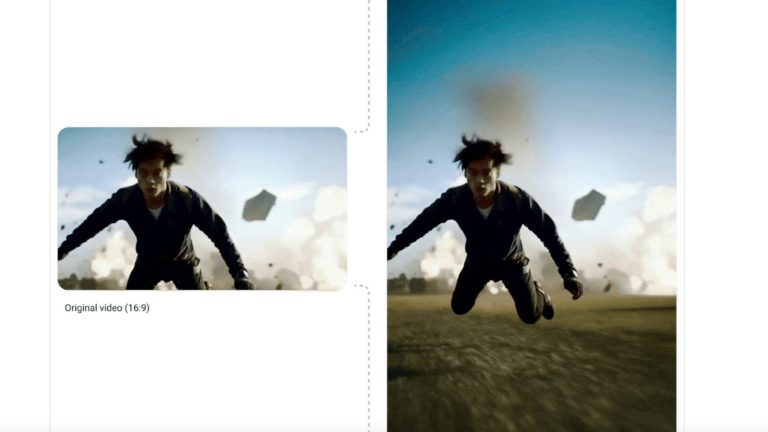Google’s Veo 2 is a video generation model capable of producing highly realistic videos—up to 4K resolution, in various styles. What makes this technology noteworthy is its accurate motion, made possible by an understanding of physics that allows for realistic movement.
Now, Google is expanding Veo 2’s features even further. Among the latest updates is the ability to edit and repurpose video content quickly, transforming workflows. What Google aims to communicate is that Veo 2 is no longer simply a generation tool; it has evolved into a comprehensive video creation and editing platform. Here’s all that is new:
What Can Veo 2 Do Now?
Users can refine existing footage using techniques like inpainting and outpainting. Inpainting allows users to remove unwanted elements from a video, such as background distractions, logos, or props like harnesses used in action scenes, without manual editing. Outpainting extends the frame of existing video footage, which is particularly useful when adapting content to different screen sizes or aspect ratios, for example, converting a 16:9 video into a 9:16 vertical format.
New camera techniques are also part of this update. Veo 2 now offers: The ability to change shot composition, camera angles, and pacing–all without entering any complex prompts. Also, you now get camera presets that can simulate motion in different directions, create time-lapse effects, and generate drone-style shots.
In addition, Google is introducing frame interpolation, allowing users to connect two existing assets. This helps establish visual continuity and results in a more polished final product.
Improvements To Imagen 3
Beyond Veo 2, Google has also improved Imagen 3, its text-to-image model. The latest version provides improved image generation and inpainting capabilities for reconstructing missing or damaged parts of an image. It also supports object removal, offering a smoother experience.


